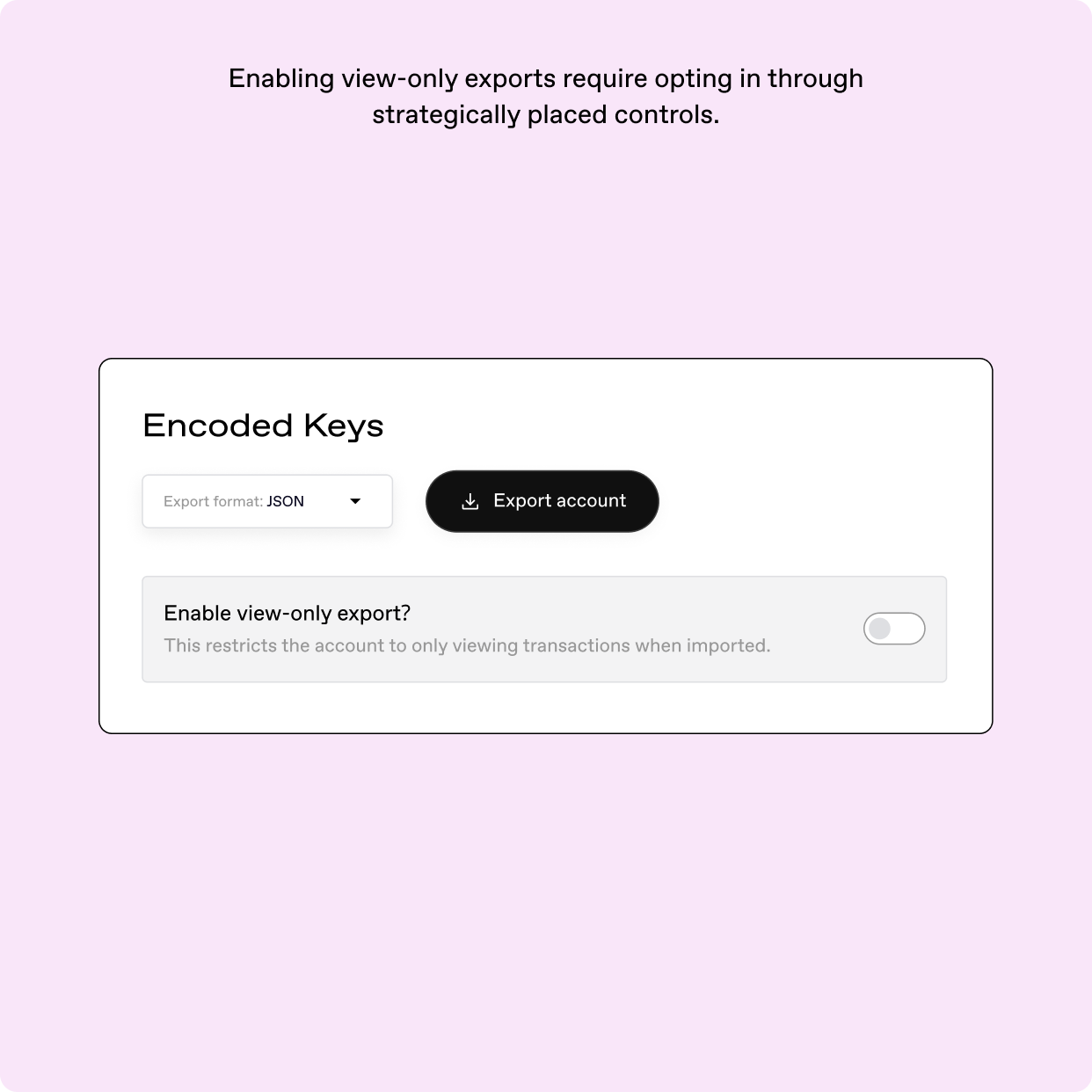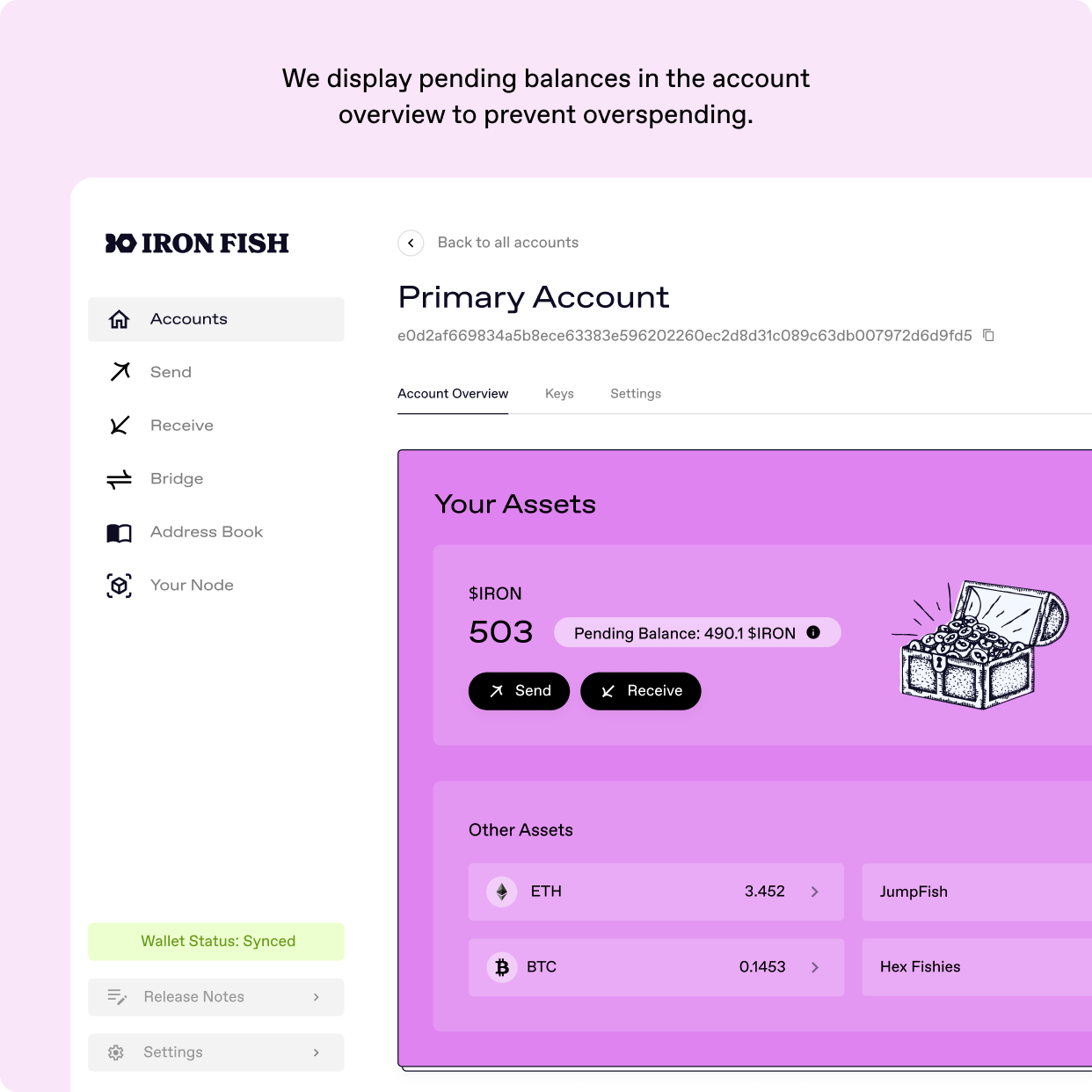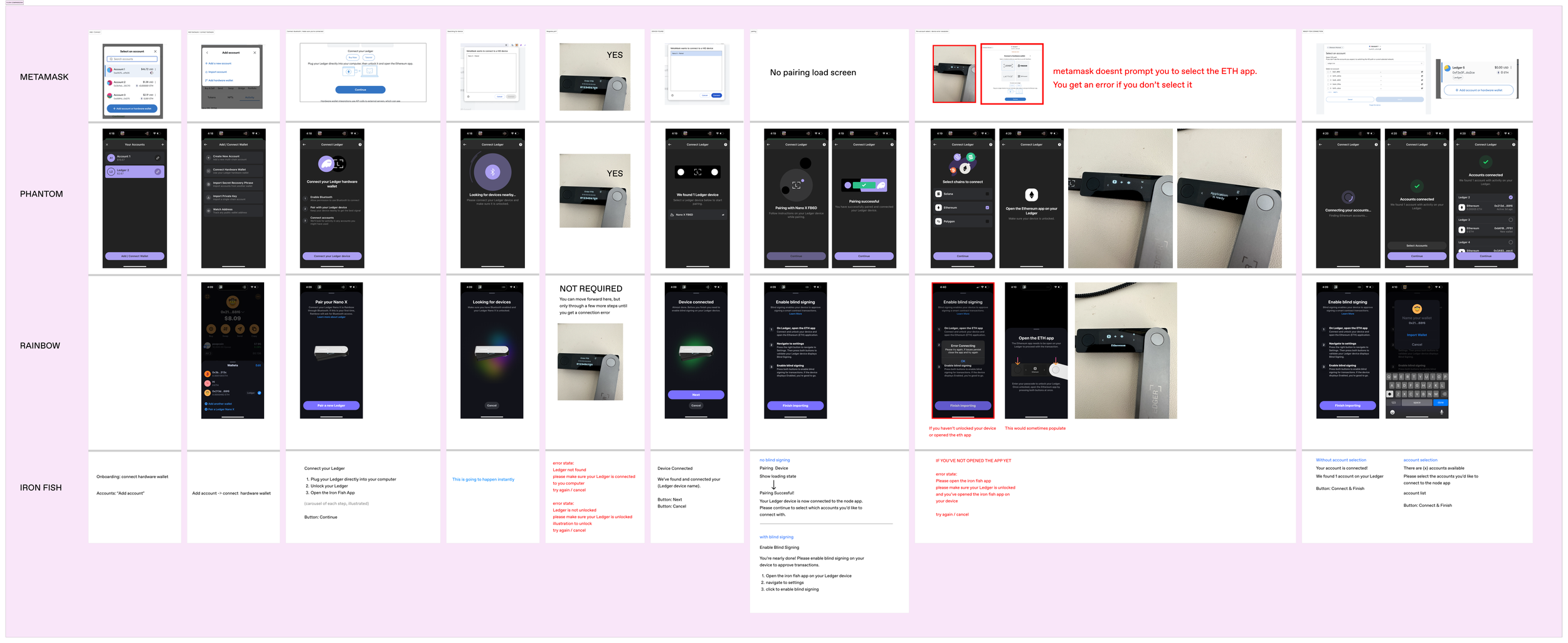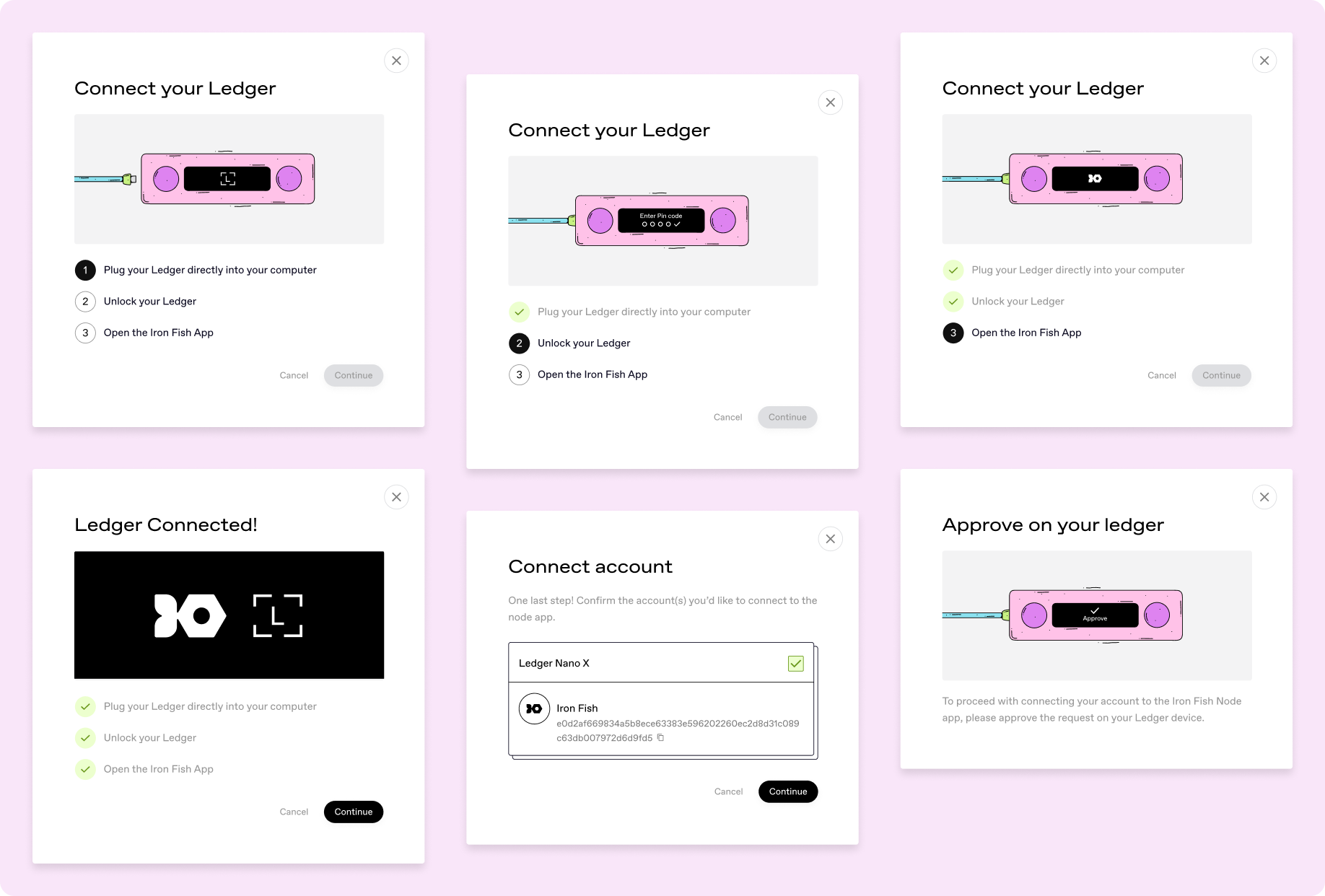Integrating Ledger support required addressing common UX issues, such as unclear device-to-app communication that could create bottlenecks.
For example, apps often fail to notify users to open the correct Ledger app, causing friction. I tested dozens of apps, identified pain points, and improved workflows to ensure a smoother, more intuitive experience.













